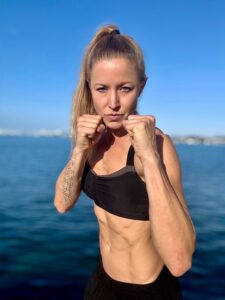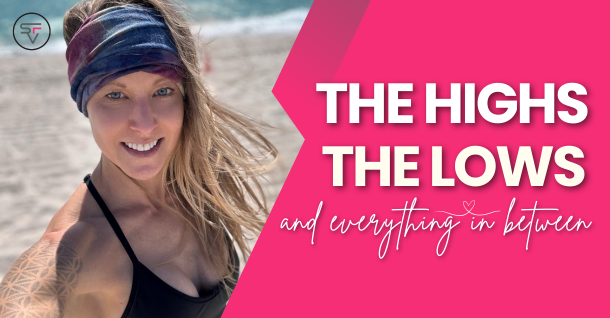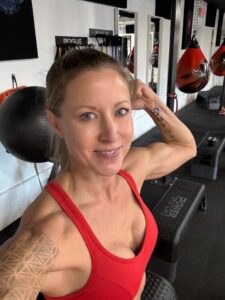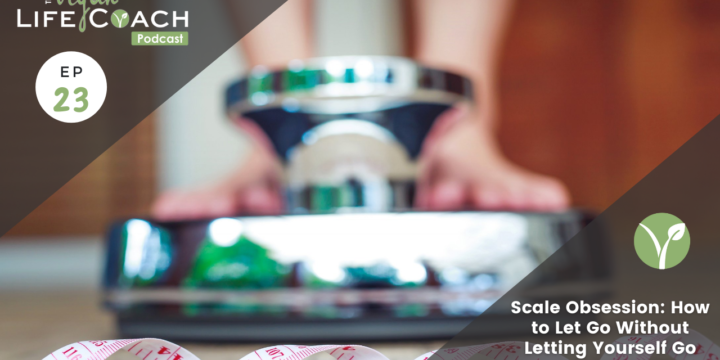It’s been 6 months since my ACL reconstruction surgery, and let me tell you, healing is no straight line—it’s a messy, winding road full of detours (and the occasional tumble).
A few weeks ago, I got a little too ambitious.
Picture me, deciding it would be a great idea to practice pushing into a handstand from a headstand. Spoiler: it wasn’t. I fell (hard), and let’s just say my knee was not amused. It set me back a couple of weeks.
 Fast forward to this week, and I’m thrilled to report that for the first time in 7 months, I hit pads with my boxing coach and even did some light sparring—punches only, no kicks, and a knee brace firmly in place.
Fast forward to this week, and I’m thrilled to report that for the first time in 7 months, I hit pads with my boxing coach and even did some light sparring—punches only, no kicks, and a knee brace firmly in place.
And WOW… the high I got from that session? Better than any street drug.
The Highs, the Lows, and Everything in Between
But here’s the catch: chasing that high, whether it’s from boxing, running, or hitting a big life goal, is like trying to hold onto water—it slips through your fingers.
Ram Dass (one of my all time favorite spiritual leaders) spoke to how, whether it’s psychedelics, exercise, food, or achievements, the constant chase of the high keeps us stuck in cycles of craving, creating suffering.
“This too shall,” pass applies to the highs as well as the lows.
Softening Into the Hard Stuff
Many years ago, I found peace around food cravings and emotional eating—a journey that’s now the foundation of the Cravings Cure Challenge (if you haven’t signed up yet, I invite you to join me for free here).
So my main work the last few years has been around connecting with peace in times of stillness.
My word of the year is soften, and trust me, it’s not about going easy on myself.
It’s about finding peace in stillness, and embracing movement that doesn’t necessarily provide that “high” I get from intense training sessions.
And that is hard for me!
I share this because maybe you’ve felt it too—the urge to push, to chase, to do more, even when your body or mind is crying out for rest.
So, here’s my invitation: what would it look like for you to find peace in the pause? To let go of the “high” and just be with what is, no matter how uncomfortable that is?
Your Move
We’re all on this winding road, learning as we go. For me, it’s about balancing movement with stillness, action with intention, and leaning into the moments that challenge me most.
For you? Maybe it’s something else entirely. But whatever it is, I hope this story reminds you to honor your body, your mind, and your journey—messy, non-linear, and beautiful as it is.
Because true badassery? It’s not just about hitting the pads or sticking the handstand.
It’s about showing up fully with curiosity and fierce compassion, and letting that be enough.








